Protecting your Windows 11 PC with a secure password or PIN is crucial for keeping your personal data safe from unauthorized access. Whether you're enhancing security or simply wish to update your login credentials, Windows 11 provides several methods to change your password or PIN. In this guide, we'll walk you through the most effective ways to update your sign-in options.
Change your password from account settings
You can easily update your password through the Windows 11 account settings. Here's how:
- Open the Settings app by pressing
Windows+ior searching for it in the Start menu.

- In the Settings window, select Accounts from the left-hand menu, then click on Sign-in options on the right.
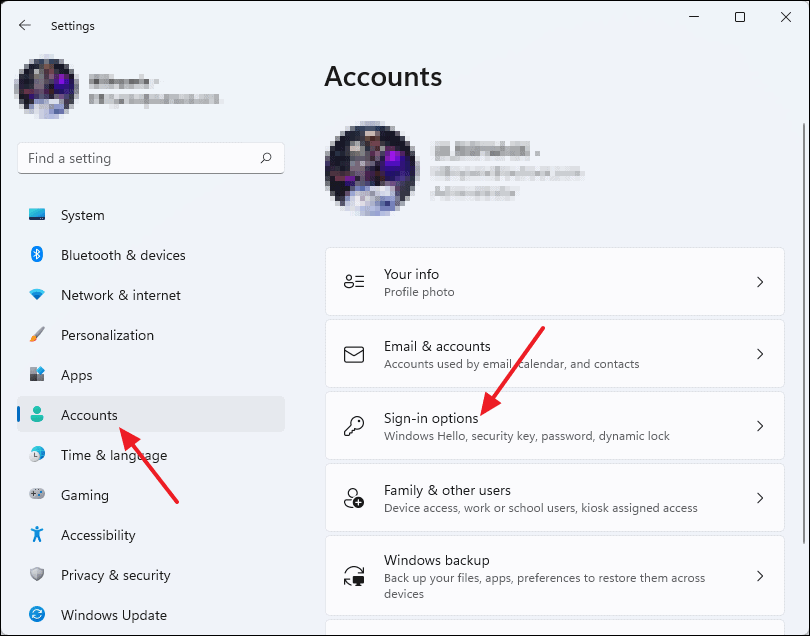
- Under the Ways to sign in section, find the Password option and click the Change button.
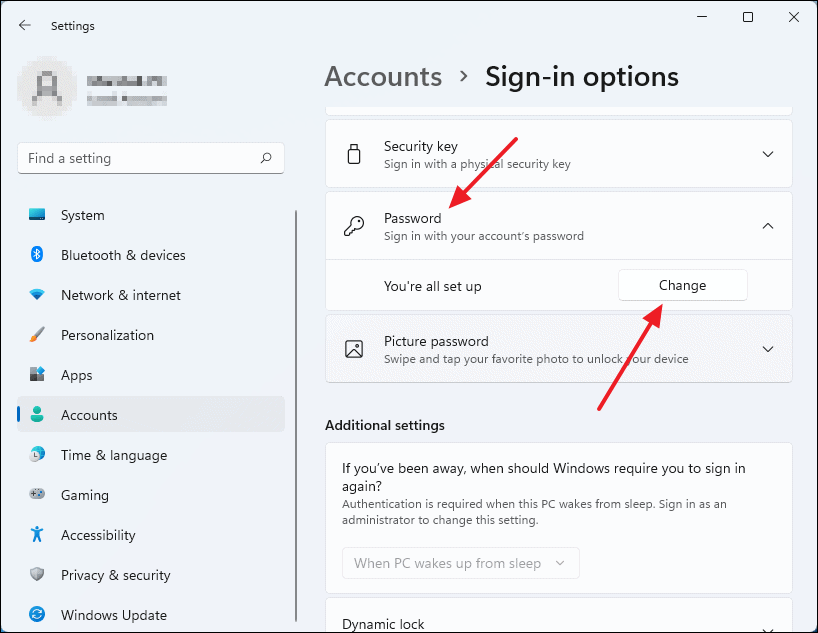
- A window will appear prompting you to verify your identity. Enter your current password and click Next.
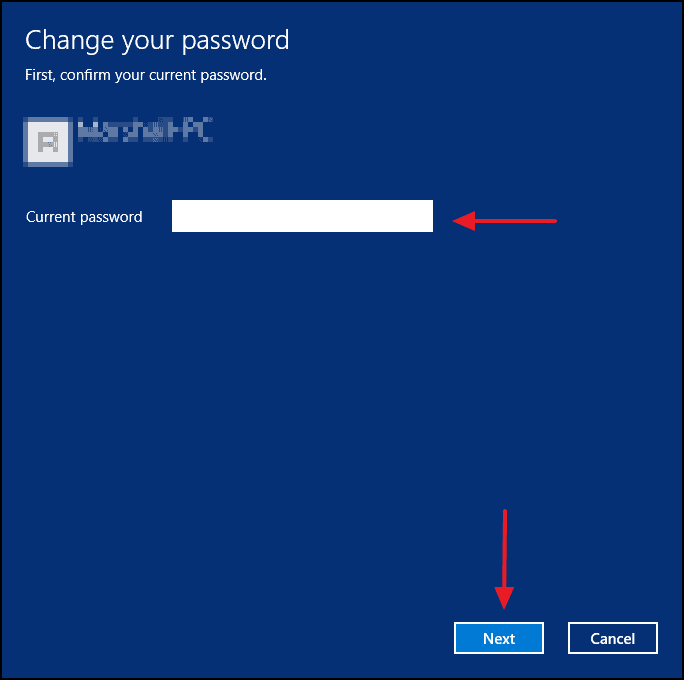
- Create your new password by typing it into the New password and Confirm password fields. You can also add a password hint to help you remember it.
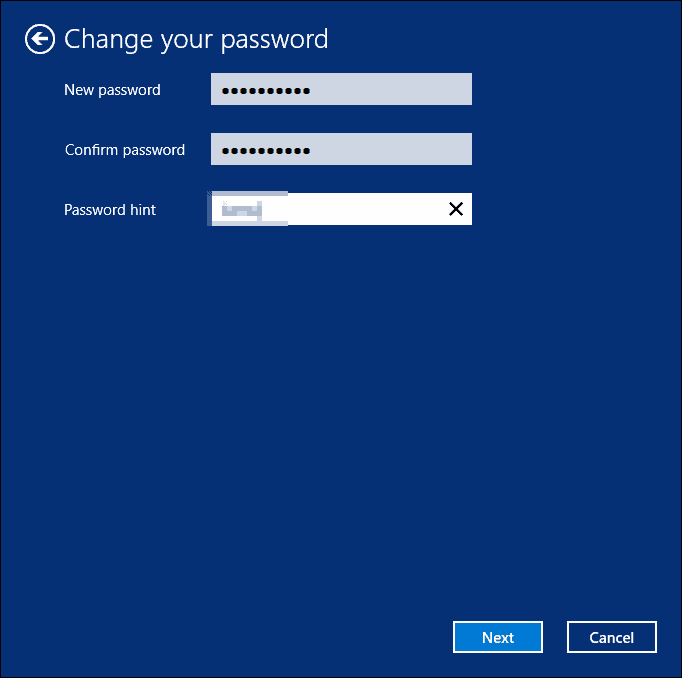
- Click Finish to complete the process.
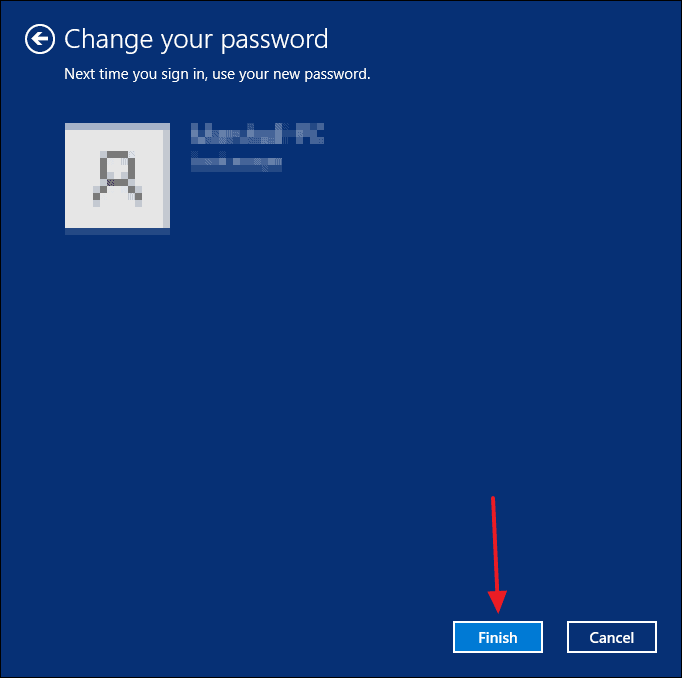
Change your password using CTRL+ALT+DEL menu
An alternative method to change your password is through the CTRL+ALT+DEL menu:
- Press the
CTRL+ALT+DELkeys together on your keyboard. - From the options that appear, select Change a password.
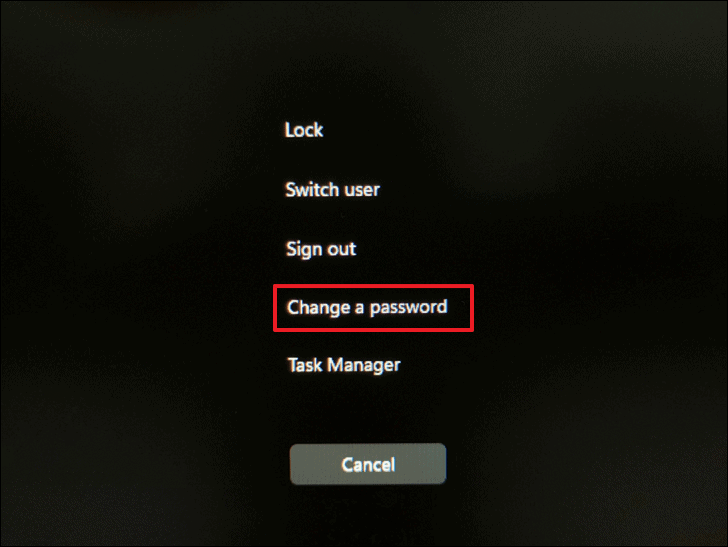
- Enter your current password in the Old password field.
- Type your new password into the New password and Confirm password fields.
- Press
Enteror click the arrow button to submit.

If successful, you'll receive a confirmation message indicating your password has been changed.
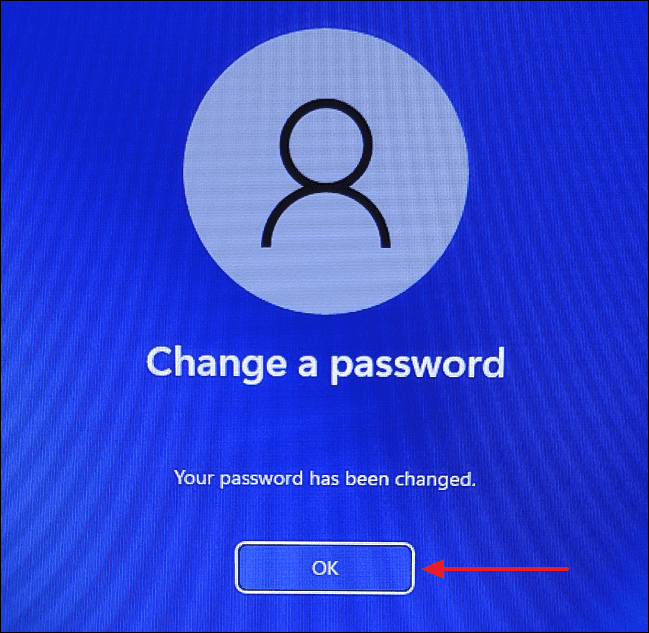
Change your PIN in Windows 11 for a Microsoft account
If you're signed into Windows 11 using a Microsoft account and log in with your Microsoft account password, you'll need to change your password through Microsoft's website:
Visit account.live.com/password/reset to reset your Microsoft account password.
If you're using a PIN to sign in, you can change it directly in Windows 11:
- Open the Settings app by pressing
Windows+ior searching for it in the Start menu.

- Select Accounts from the left menu, then click on Sign-in options on the right.
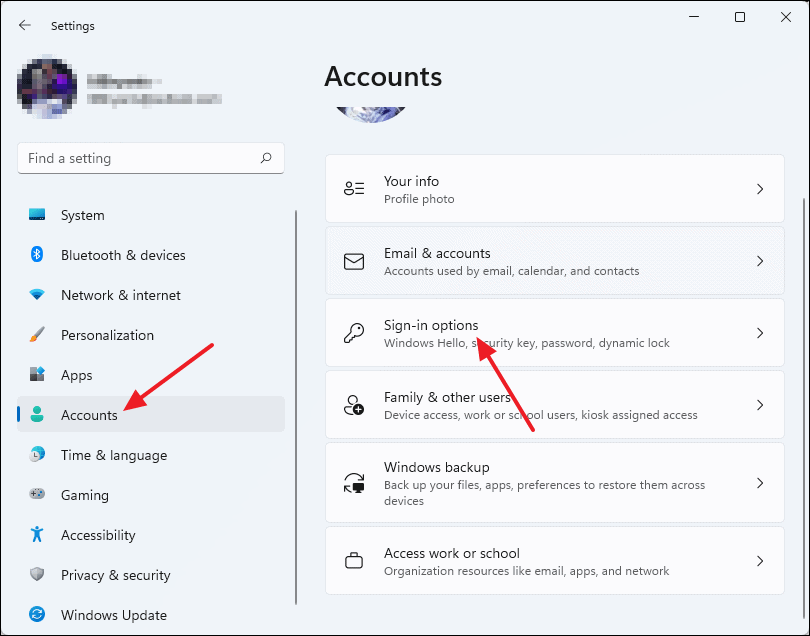
- Under Ways to sign in, select PIN (Windows Hello), then click on Change PIN.
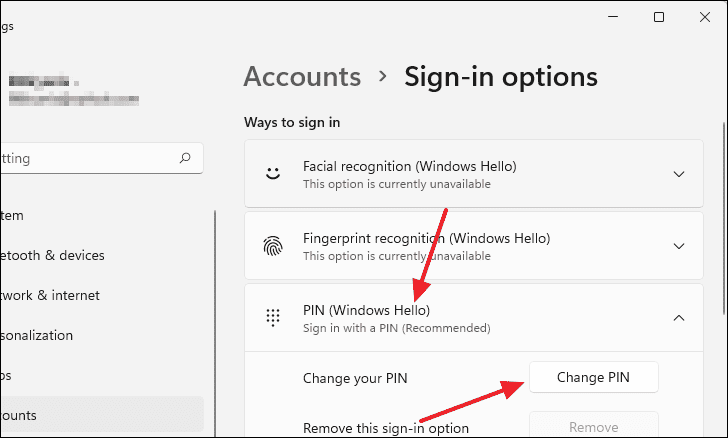
- In the Windows Security window, enter your current PIN.
- Type your new PIN and confirm it by entering it again.
- If you'd like to include letters and symbols in your PIN, check the box next to Include letters and symbols.
- Click OK to save your new PIN.
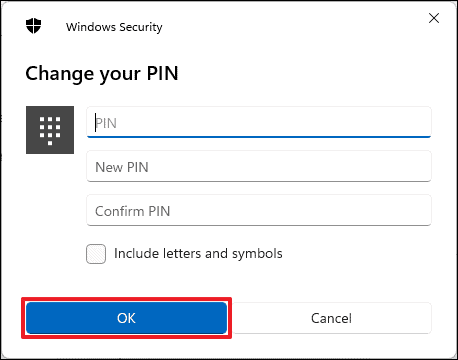
Change password without knowing the current password
If you have administrative privileges, you can reset the password for any user account without needing the current password. Here are several methods to do so:
Use Command Prompt to reset password
- Search for Command Prompt in the Start menu. Right-click it and select Run as administrator.
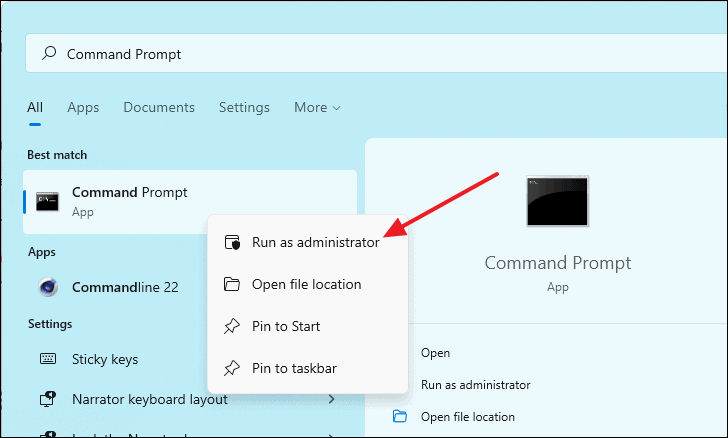
- In the Command Prompt window, type
net userand pressEnterto view all user accounts.
net user

- Identify the username of the account you want to reset.
- Type the following command, replacing
USERNAMEwith the account name andNEWPASSWORDwith the desired password, then pressEnter:
net user USERNAME NEWPASSWORD
For example:
net user Marshall-PC BigCat999
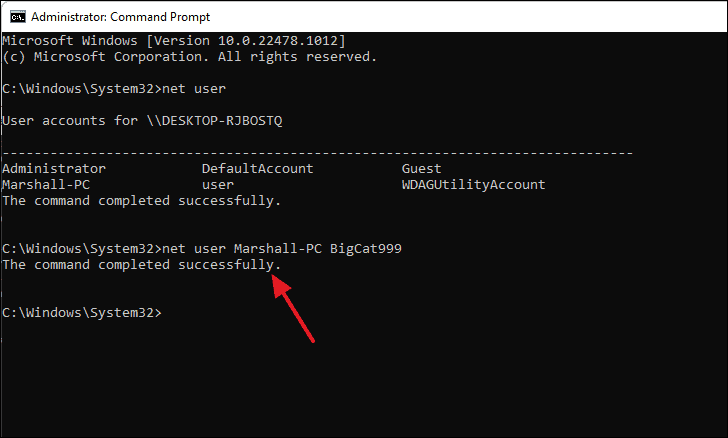
If successful, you'll see a message stating 'The command completed successfully.' You can now log in to the account using the new password.
Use 'netplwiz' to reset password
- Press
Windows+rto open the Run dialog box. - Type
netplwizand pressEnter.
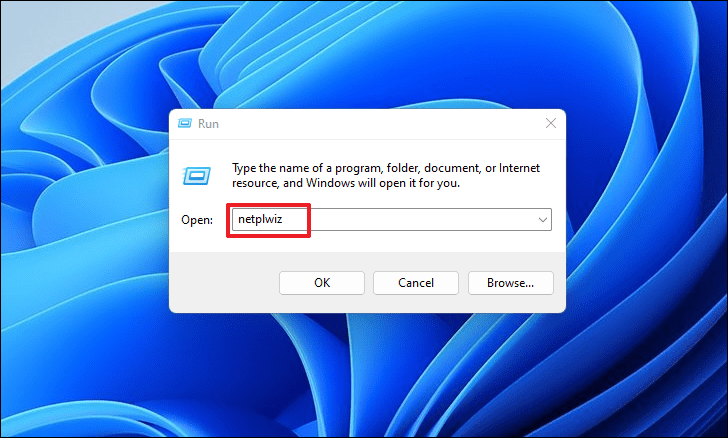
- In the User Accounts window, select the account you wish to modify and click on Reset Password....
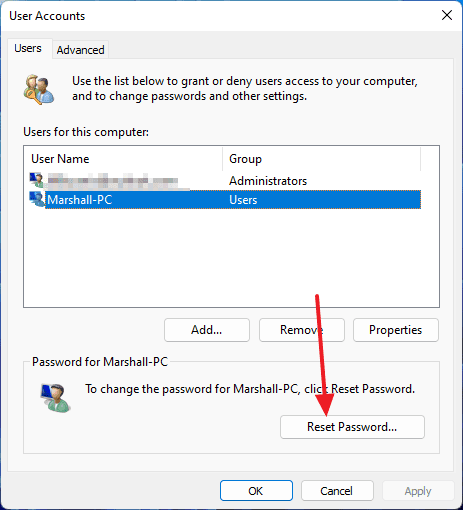
- Enter the new password in the New password and Confirm password fields, then click OK.
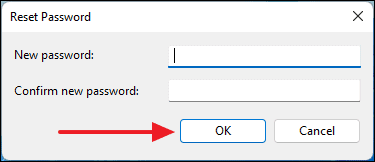
Your password has now been reset.
Change password via Control Panel
- Search for Control Panel in the Start menu and open it.
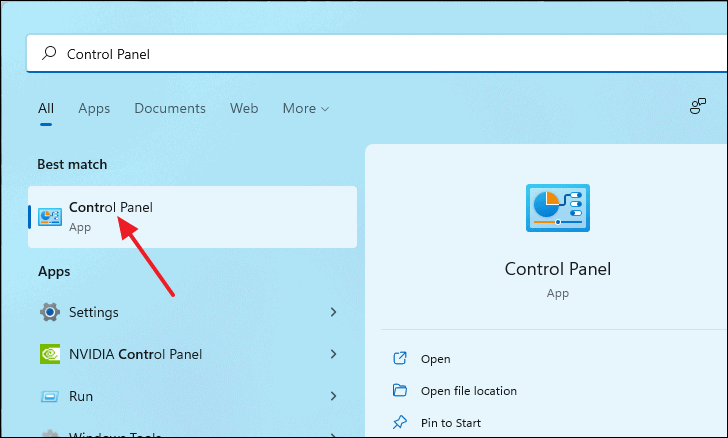
- Click on Change account type under the User Accounts section.
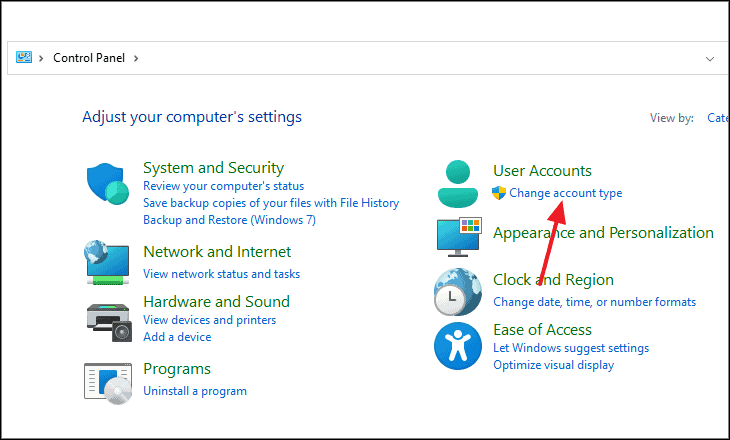
- Select the account whose password you want to change.
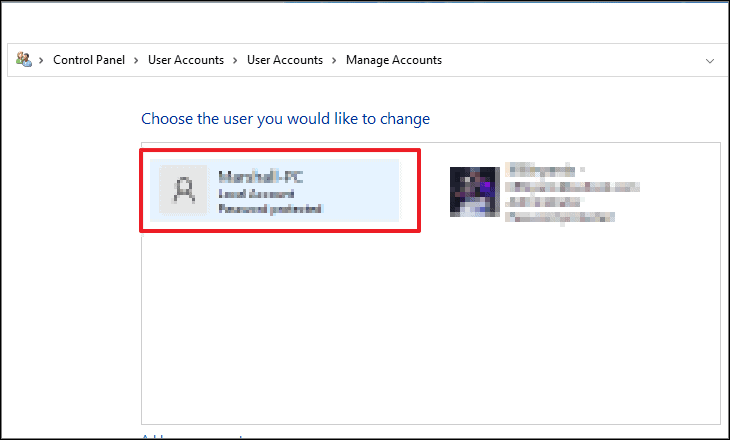
- Click on Change the password.

- Enter the new password in the respective fields, add a password hint if desired, and click Change password to save changes.
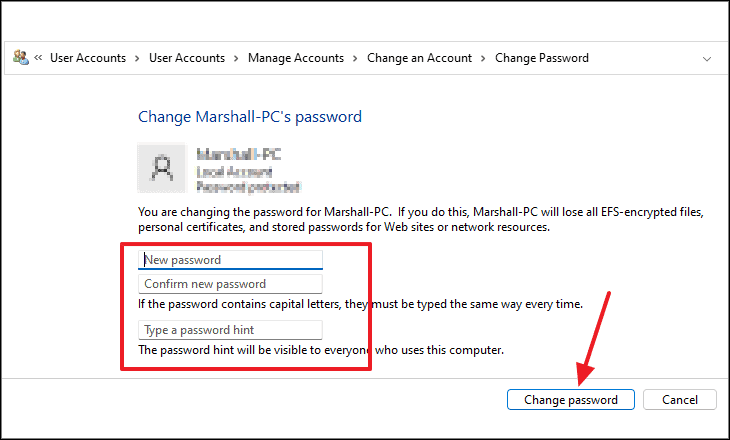
Use Computer Management to change password
The Computer Management tool provides administrative options to manage local users and groups:
- Open the Computer Management app by searching for it in the Start menu.
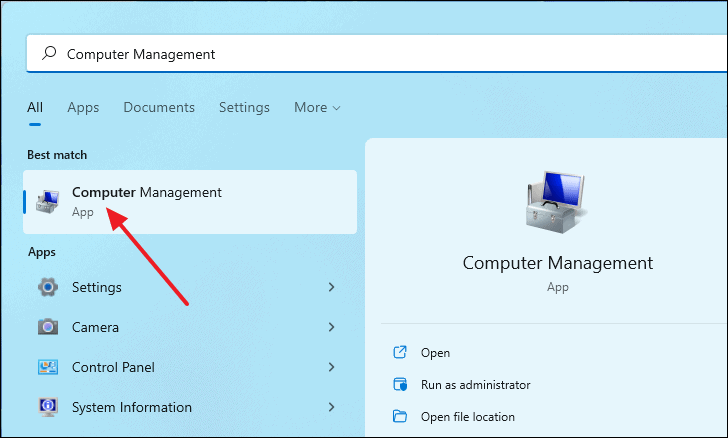
- In the left pane, expand System Tools, then Local Users and Groups, and select Users.
- Right-click on the user account you want to modify and select Set Password....
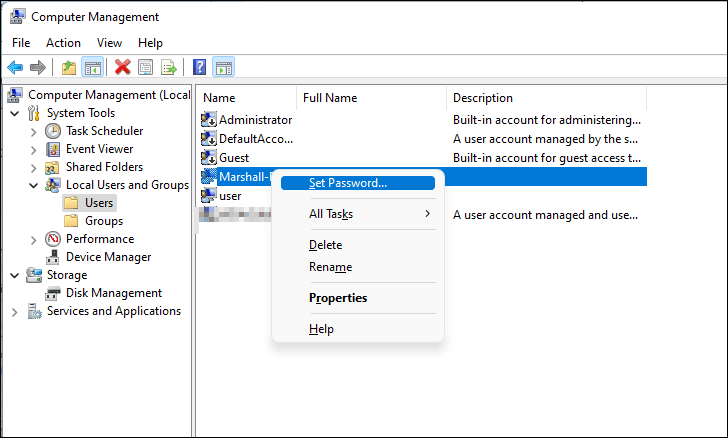
A warning dialog will appear. Read the information and click Proceed to continue.
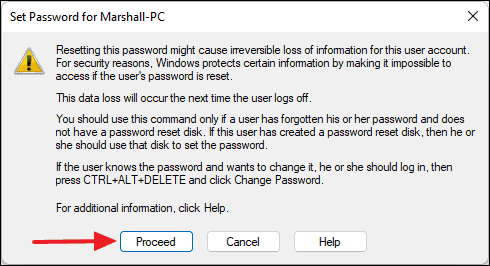
- Enter the new password in the New password and Confirm password fields, then click OK.

What to do if you're unable to change your password
If you're having trouble changing your password, it might be due to permission settings. Here's how to adjust them:
- Open the Computer Management app by searching for it in the Start menu.
- Navigate to System Tools > Local Users and Groups > Users.
- Right-click on your user account and select Properties.
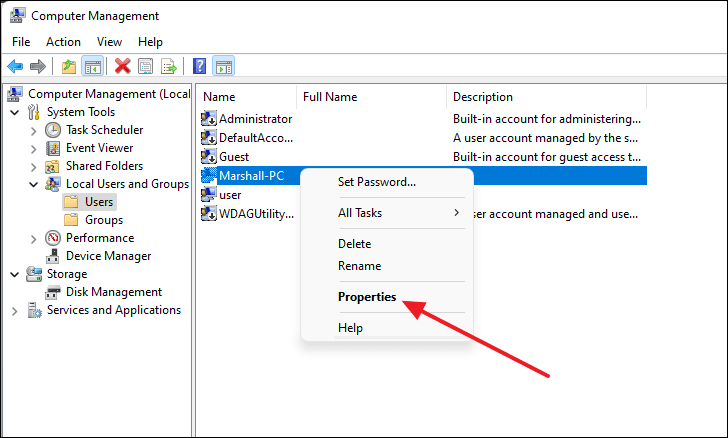
- In the Properties window, ensure the box next to User cannot change password is unchecked.
- Click OK to save the changes.
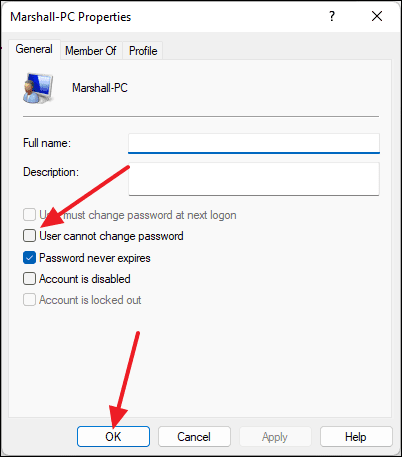
After adjusting these settings, you should be able to change your password using the methods described above.
By regularly updating your password or PIN, you enhance the security of your Windows 11 PC, protecting it from unauthorized access. With these methods, you can easily manage your login credentials to keep your system secure.










Member discussion